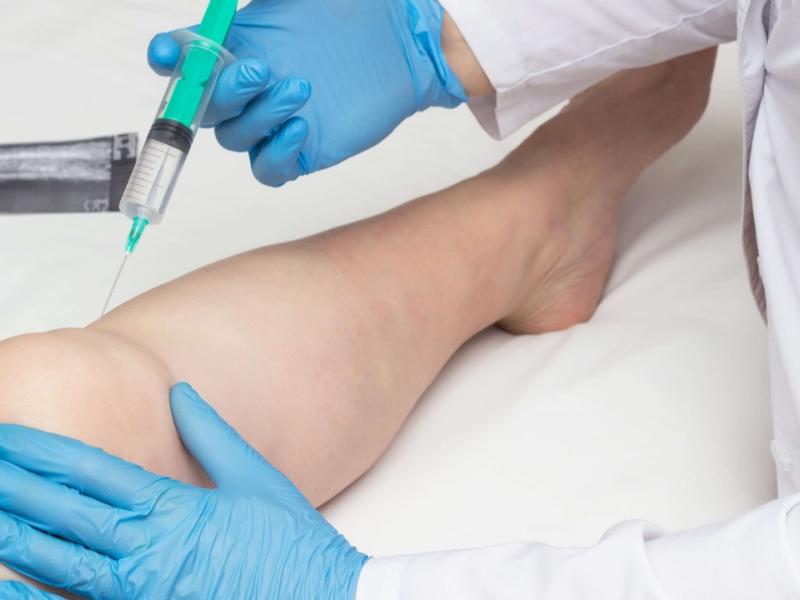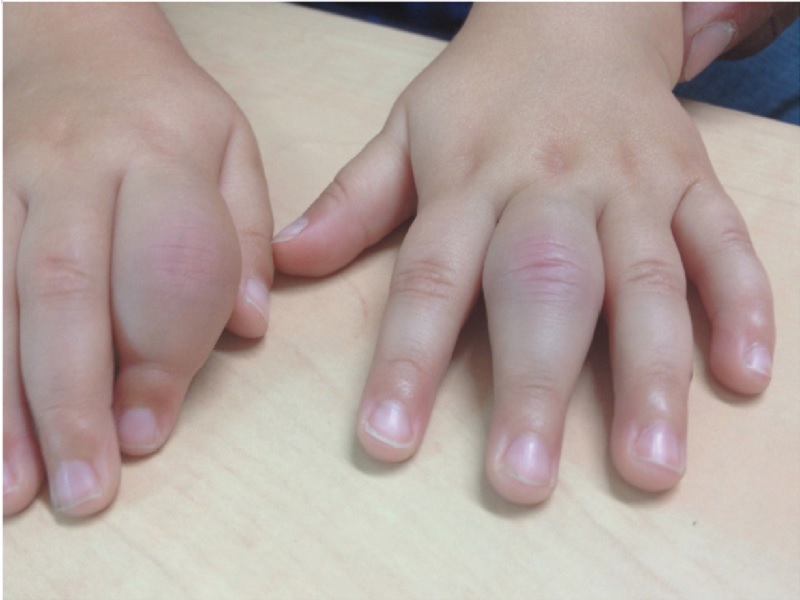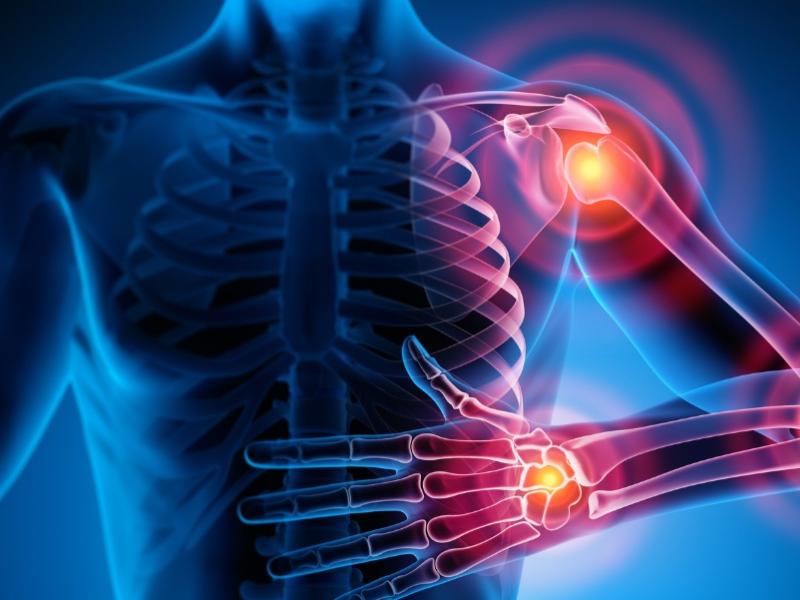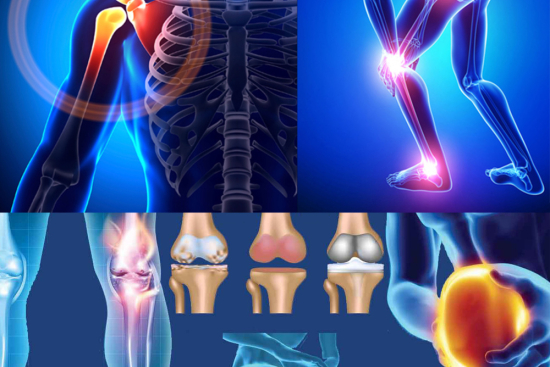Thanks to its regenerative effect, Platelet Rich Plasma (PRP) is no longer reserved for athletes. However, it is used in other purely aesthetic procedures, such as hair transplants and facelifts, as well as medical ones, notably orthopedic surgery. The PRP injection technique, for example, has recently proved its worth in the treatment of degenerative arthritis of the knee.
PRP injection technique in the knee osteoarthritis (OA) treatment
PRP injections offer a promising option for the regeneration of damaged cartilage, which is the lining tissue of joint bones. This plasma fluid contains growth factors and bioactive molecules that can repair cartilage tissue in the knee, hip, shoulder or hand. Once injected into the affected joint, PRP promotes the production of cartilage extracellular matrix (ECM) by chondrocytes. Division (mitosis) of the chondrocytes stimulates the growth of cartilage pieces. In addition, these plasma injections stimulate the development of blood vessels from those already present. Subsequently, the PRP technique inhibits inflammation in order to reduce pain and improve joint function.
How does the injection procedure work?
First, a small quantity of blood is drawn by inserting a needle into a vein in the arm. The liquid sample is then placed in a centrifuge to separate its components. Only the platelet-concentrated plasma is used to treat knee osteoarthritis (OA).
In the second step, the doctor injects the collected solution into the joint space of the infected knee. Ultrasound is then used to guide the solution to ensure that it reaches the targeted receptors. It's important to note that pain and stiffness may occur following the injection, so it's advisable to be accompanied when the session is accomplished.
PRP's mechanisms of action
The role of PRP, derived from the patient's own blood, is to restore the knee cartilage, or even the hip, via several mechanisms:
- Activation of non-activated stem cells: PRP stimulates stem cells in the injured area, promoting regeneration of cartilage and surrounding tissue.
- Healing: PRP's anti-inflammatory proteins treat tendon and ligament injuries by stimulating collagen synthesis.
- Lubrication: PRP helps reduce friction, improve joint lubrication and increase joint mobility.
PRP injections advantages in the degenerative arthritis of the knee treatment
PRP injections harness the body's innate healing mechanisms, as a promising remedy. They alleviate discomfort, improve joint mobility and prevent the progression of knee osteoarthritis (OA). By using the patient's own platelets, these injections are considered safe, with a low risk of side effects.
In fact, this low-cost technique is favoured by many doctors, due to the simple preparation and injection of liquid into inflamed joints. What's more, this approach enables targeted cartilage regeneration, avoiding the need for major surgery.
Post-procedure instructions
After platelet-rich plasma (PRP) injections, it is essential to maximize the effectiveness of the treatment and facilitate your body's healing process. To ensure that your rehabilitation of degenerative arthritis of the knee goes smoothly and avoid any complications, we recommend that you follow these instructions:
- Rest and limit physical activity: Allow your body to heal by avoiding strenuous activity and excessive pressure on the treated area.
- Avoid anti-inflammatory drugs: Some drugs, such as ibuprofen, can block or interfere with the PRP healing effects. So, you must ask your doctor about medications that you should not take after an injection.
- Stay hydrated: Drink plenty of water to facilitate the body's healing process and the proper distribution of PRP nutrients in the blood vessels.
- Good nutrition: A well-balanced, nutrient-rich diet can promote healing and tissue regeneration.
- Avoid tobacco and alcohol: Smoking and excessive alcohol consumption can hinder the body's healing process. It is therefore strongly recommended to avoid them during the recovery period.
- Ice your affected area for at least 20 minutes, especially during the first few days after the injection.







